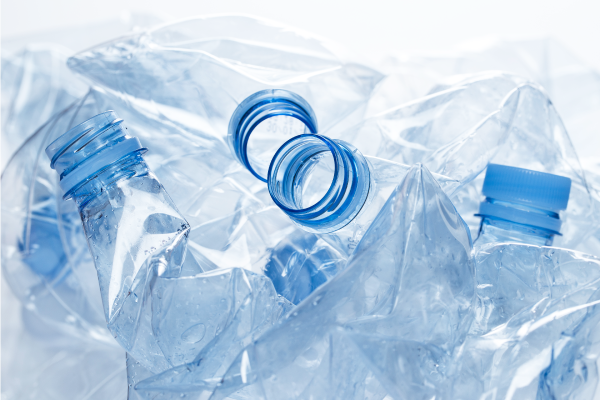Reciclado de PET presenta un problema del que poco se habla en la industria plástica, se trata de uno de los materiales que más circulan en la industria del embalaje seguido del PEAD y del polipropileno. El uso del PET se da en una gran cantidad de productos como botellas para agua, refrescos y otros envases dirigidos a determinados mercados.
Es cierto que hay una apuesta muy grande por el Reciclado de PET debido a que el volumen que ocupa es muy grande y hay un problema serio de contaminación que está rebasando a la sociedad de manera mundial, sin embargo, hay un tema que se trata muy poco y es la humedad presente durante el proceso del Reciclado de PET que tiene que ver directamente con la estructura química de esta materia prima.
La debilidad en el Reciclado de PET
Esta resina posee la gran desventaja de absorber un porcentaje de humedad, que proviene de las condiciones ambientales donde se encuentra o bien del proceso. Esto se debe a que hay un grupo de éster (CO-O) que forma parte de la estructura química del PET, que hace que presente una reacción de hidrólisis, que es cuando una molécula de agua rompe alguno de los enlaces.
De manera general, la humedad en el PET es de 0.3 a 0.5%, la humedad se aloja principalmente en el interior por lo que se necesita un control de secado, es decir, el flujo, velocidad y temperatura de aire son muy importantes, por lo que su reciclado no resulta sencillo. Se requieren temperaturas que van de los 120 a los 160 °C por hasta 6 horas.
¿En qué afecta la humedad al PET?
Cuando una molécula de agua (H2O) rompe la cadena de este polímero, generalmente durante la elevación de temperatura en el proceso de Reciclado de PET para lograr su fundido, ocasiona que las propiedades físicas, químicas y mecánicas se vean modificadas y se manifiesta en una degradación del material.
Aunque el PET que ha sido reciclado pase por un proceso de secado, la recuperación de estas propiedades no es posible, lo que se recomienda es que previo a pasar por el proceso, sea mezclado con material virgen, antioxidantes y estabilizadores que inhiban la hidrólisis para evitar la pérdida de viscosidad de material y mantener la cristalinidad característica de este polímero. De esta manera podemos tener nuevos productos de resina reciclada con características semejantes a las que posee la resina virgen.

